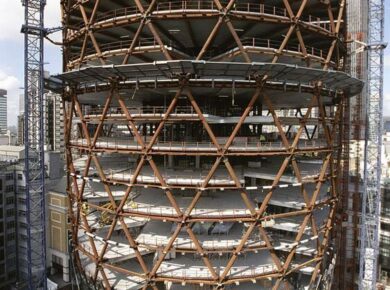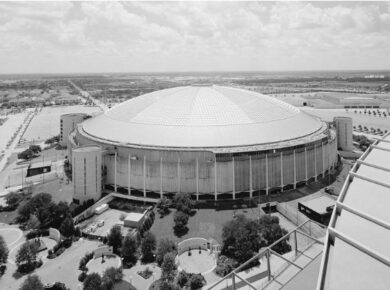Sir Edmund Happold (8 November 1930 – 12 January 1996) was a structural engineer and founder of Buro Happold. A lifelong Quaker, he registered as a conscientious objector when called to do National Service, and was directed to work as an agricultural labourer and then truck driver and dragline operator.
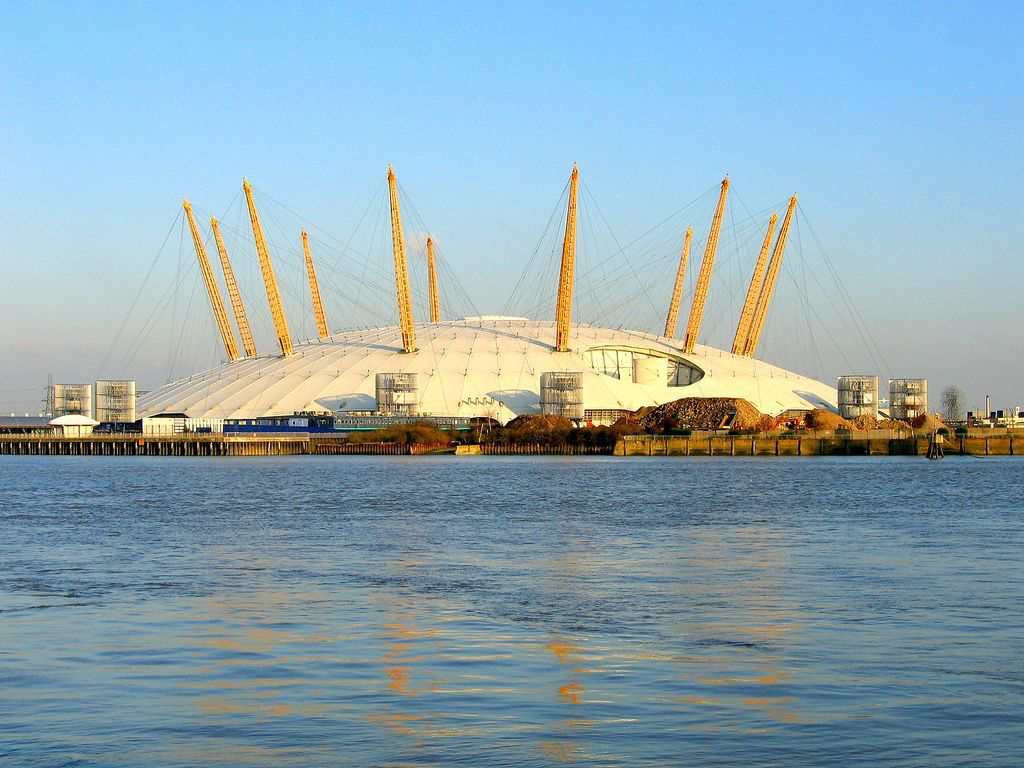
Photo: flickr
This aroused his interest in construction, so he returned to Leeds University, where he achieved a BSc in Civil Engineering in 1957. After graduation, he spent a short time in the office of Alvar Aalto before joining Ove Arup and Partners.
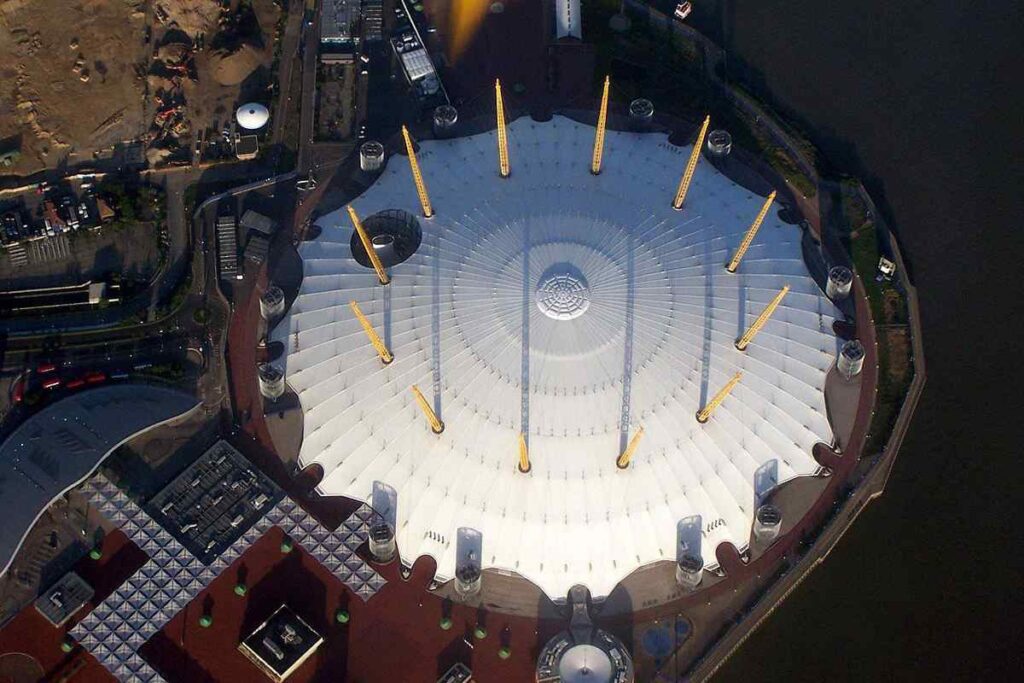
Photo: Debot at English Wikipedia.
In 1959 Happold moved to work with Fred Severud in New York, before returning to London to work with Ove Arup and Partners in 1961. After becoming head of Structures at Ove Arup and Partners in 1967, he worked on landmark buildings such as the Sydney Opera House and the Pompidou Centre, of which Richard Rogers said at a lecture at Bath University: ‘Of course, it was all Ted’s idea’. He collaborated with Frei Otto, setting up a laboratory to study lightweight tensile structures.
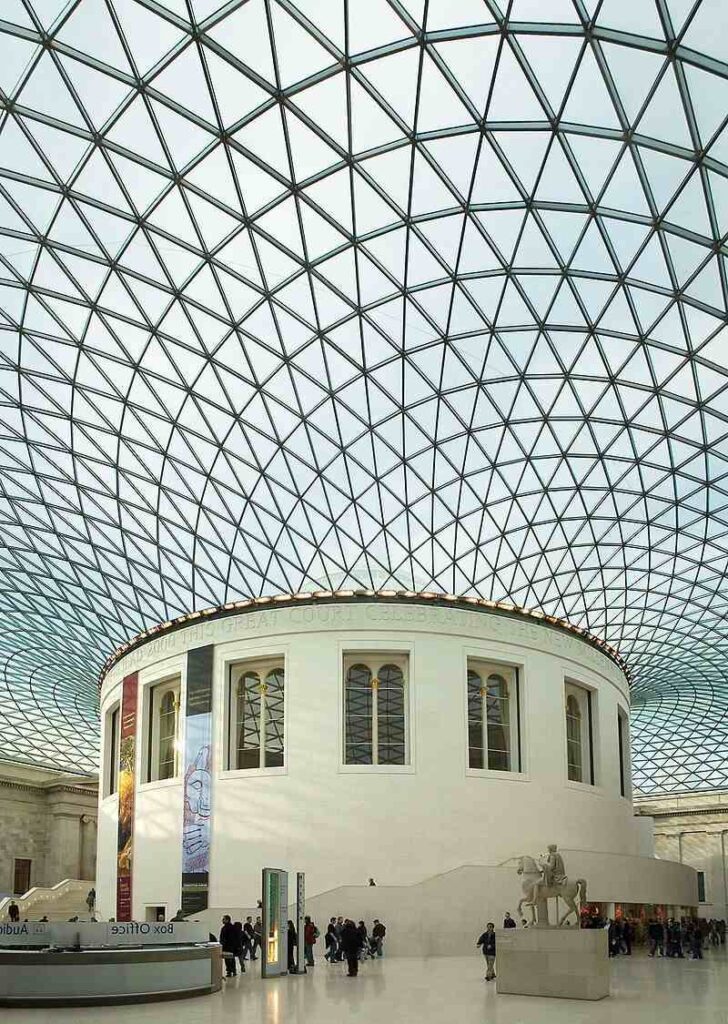
Photo: Andrew Dunn
Leaving Arup in 1976, he became professor of Architecture and Engineering Design at the University of Bath and founded Buro Happold with seven colleagues. He helped set up the Centre for Window and Cladding Technology at Bath, as well as a research group in air-supported structures.
A world which sees art and engineering as divided is not seeing the world as a whole.
Sir Edmund Happold
About the Author:
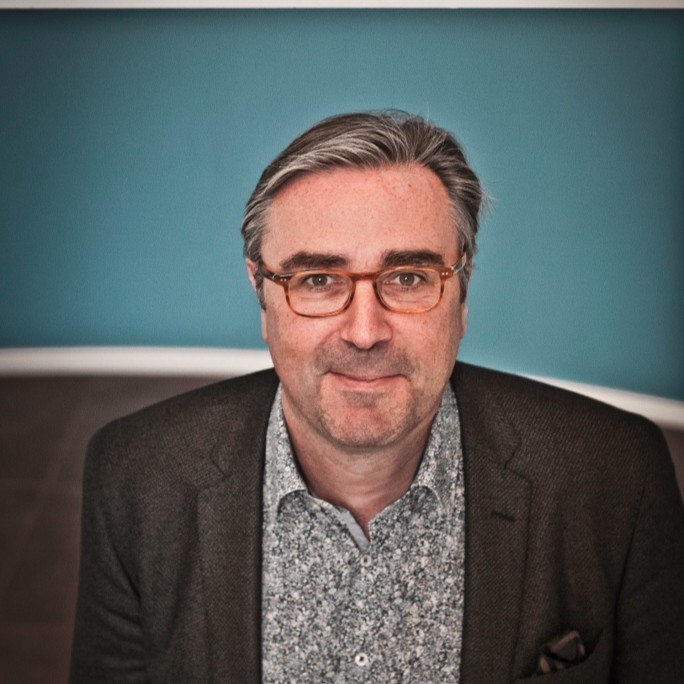
Bruno Dursin – Managing Director at Believe in Steel. Bruno has more than 30 years of experience in promoting steel & steel solutions. His clients benefit from his extensive network within the building industry.
